Young children often need to be tracked and monitored with some sort of device, especially if they’re in another room. Combining audio and video surveillance, baby monitors are the most popular when it comes to keeping tabs on your kids, but here are a few gadgets you may not have thought of until now.
Wearable GPS tracking watch:
Designed for children and dubbed as the world’s smallest watch, the hereO GPS watch tracks kids three years and older. The watch is water-resistant, comes in a variety of bright colors and designs, and uses an electronic paper display so the battery will last up to 72 hours if fully charged.
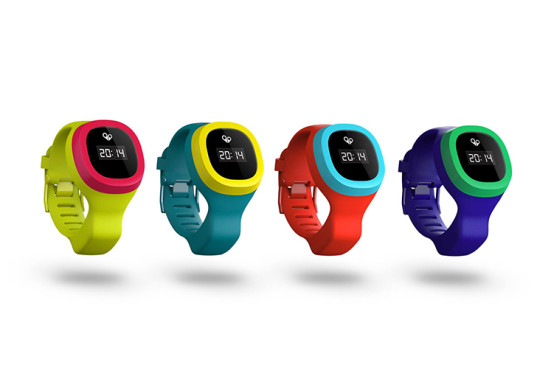
Powered by cellar triangulation provided by Wyless, the watch sends out location-based pings, where parents can monitor via the free smartphone app hereO Family on iOS and Android. The app allows users to view family members’ locations and provides directions on how to find them, and there are options to create virtual fences if kids wander too far from home, school, or work.
The iSwimband protects against drowning:
Offering a layer of protection around the pool, the iSwimband can be worn around a toddler’s wrist or an older child’s head. The detection technology sends alerts to a parent’s phone or tablet if the child is submerged for too long. While the iSwimband doesn’t replace the diligent supervision of an adult, but it adds does defense, and is powered and alerted through Bluetooth once parents preset a time limit.
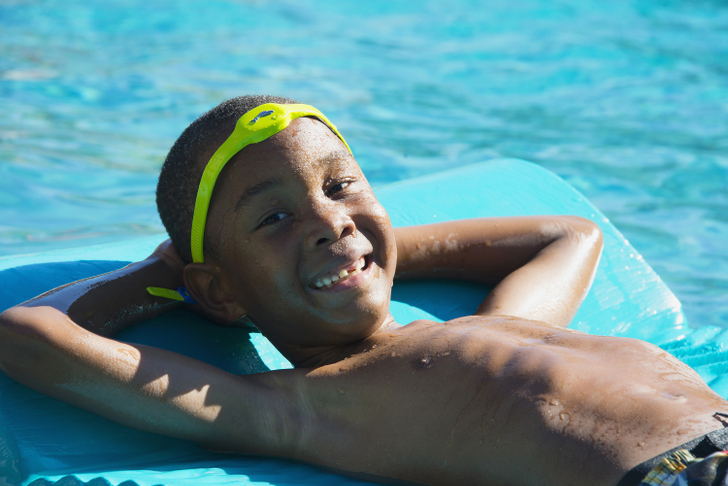
An ankle bracelet to track a baby’s vital signs:
While baby monitors allow you to listen to what a baby is doing, they don’t do much more than that. Sproutling, a wearable monitor, is enabled with sensors to track your baby’s health via smartphone and a corresponding wall-mounted unit. The system can collect data including a baby’s heart rate, body temperature, movement, and breathing, room temperature, and humidity and light levels. Wirelessly connected, the anklet and wall monitor send data to parents’ smartphones, allowing them to see the ideal time for a nap or comfortable room temperature for the baby.
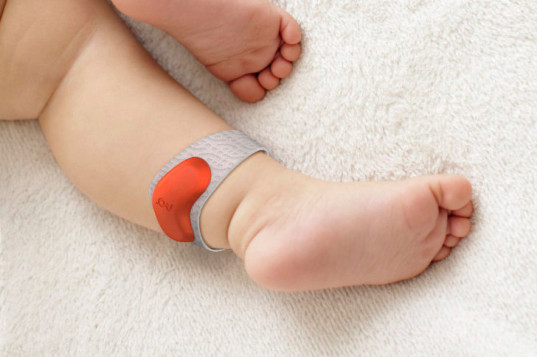
Smartphone app to monitor baby when you’re not home:
Developed by Sleekbit, a new app for Android called Dormi, turns two Android smartphones into a baby monitor by pairing them as audio transmitters and receivers. To use the app, you simply download it onto the two devices, pair them over 4G or Wi-Fi, and activate the monitors. From there, you can leave the transmitter with the baby and it will auto-adjust the sensitivity of the microphone. The app will notify if the baby is crying even if the device is on standby, and it allows parents to use the push-to-talk button to whisper to the baby. Available for free download, the app can be used four times a month for free, for $0.99 per month, for $4.99 per year, or $6.99 forever.
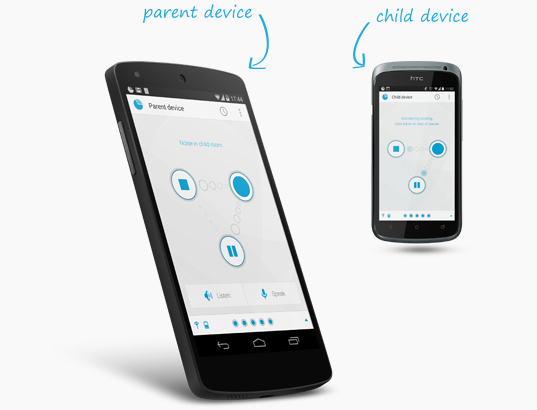
Sensor friendly clothing to keep autistic kids safe:
Children who are prone to wandering off, such as autistic kids, will probably be bothered by wearing a wristband or other gadget, but need not worry – Independence Day clothing introduced a new line of kids clothes that incorporate a small GPS device to track the wearer’s location. The device slides into a tiny, discrete pocket in the shirt or pants so the children do not even notice.

Available in classic colors and styles with reversible designs, the fabrics are soft and not scratchy, so kids won’t notice the sensory devices.
A smart onesie that pairs with your coffee mug or smartphone:
Developed by Intel and manufactured by Rest Devices, the world’s first “smart onesie” is connected to an array of Internet connected monitoring systems, allowing parents to monitor the baby’s health from skin temperature to respiratory sensors, with data sent to either their smartphones or a special Intel-designed coffee mug that lights up and displays the baby’s vital signs.
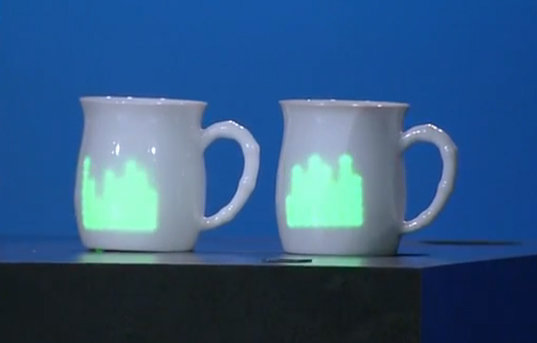
Pairing with the coffee mug or smartphone app is a onesie printed with green stripes that act as respiratory sensors, and a removable green clip in the shape of a baby-friendly turtle, which masks its real function. The monitored data is processed with Intel’s tiny Edison board, a small computer the size of an SD card.
Source: Engadget
Advertisement
Learn more about Electronic Products Magazine





